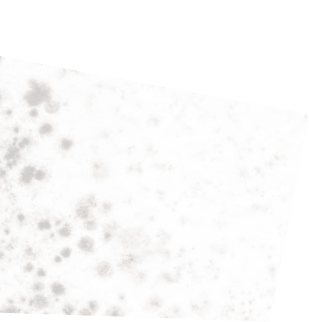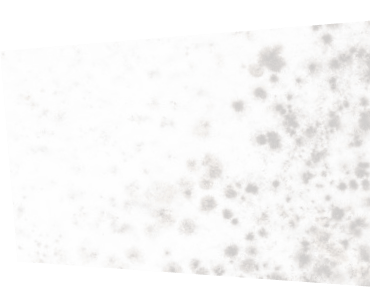Many homes provide attractive conditions for mold spores to rapidly multiply, making indoor mold removal in Burlington a necessity among homeowners. Conditions that may make your home vulnerable to mold infestations include improper ventilation, no natural light, and excessive moisture. If you notice that the air in your home is humid and stale, you may be at risk of a mold outbreak. While all species of mold affect your home and the people in it, some pose more severe health risks, like black mold. For accurate detection and to learn if you need black mold removal, contact the Inch By Inch Inspections team.
Here are some common species of mold found in homes around Burlington.
Stachybotrys
.png) Black mold, formally referred to as Stachybotrys, is a toxic species of mold that will cause numerous serious health problems if you become exposed to it. Black mold in your home may result in migraines, shortness of breath, wheezing, coughing, fatigue, respiratory discomfort, or even nosebleeds. Stachybotrys is typically found in highly humid areas, so homes with unrestored water damage are at the highest risk. Black mold, despite its name, has a dark-green hue to it, and you may be able to spot its unusual patterns on wood, drywall, or insulation. If you encounter it, contact Inch By Inch Inspections right away for black mold removal.
Black mold, formally referred to as Stachybotrys, is a toxic species of mold that will cause numerous serious health problems if you become exposed to it. Black mold in your home may result in migraines, shortness of breath, wheezing, coughing, fatigue, respiratory discomfort, or even nosebleeds. Stachybotrys is typically found in highly humid areas, so homes with unrestored water damage are at the highest risk. Black mold, despite its name, has a dark-green hue to it, and you may be able to spot its unusual patterns on wood, drywall, or insulation. If you encounter it, contact Inch By Inch Inspections right away for black mold removal.
Chaetomium
Chaetomium is an allergenic species of mold, and like black mold, it is most likely to appear after water damage or flooding on your property. Chaetomium will grow exponentially in humid and dark areas, making it likely to grow within walls. Because of this, chaetomium isn't usually noticeable until the infestation spreads to the wall's exterior. By this time, the infestation is widespread, and you'll face numerous health effects, such as sneezing, coughing, and other allergenic-like symptoms. Once you notice persistent symptoms that show no sign of disappearing, contact a professional for a mold inspection and mold removal in Burlington.
Penicillium
Similar to chaetomium, penicillium produces spores that will trigger allergy-like health problems. However, penicillium tends to be more severe for people with respiratory issues, like asthma. Penicillium has a smooth, blue-green colour and is found in moist areas, beneath floorboards or around basements and attics. To prevent the rapid spread of penicillium, dry any water spills and get water damage restored and repaired as soon as possible.
Aspergillus
Aspergillus is a widespread mold found in homes and may result in serious illnesses like aspergillosis and respiratory problems. Other symptoms of exposure may cause severe headaches, fever, joint pain, coughing, and wheezing. Aspergillus has similar dark hues to different types of mold, so the best way to determine if it's in your home is to conduct professional mold testing from Inch By Inch.
Fusarium
What makes fusarium different from other types of mold is that it will easily grow in cold temperatures. Fusarium mold will appear in any damp, dark part of your home, so it's essential to keep an eye out for its dark fuzzy appearance. Once you remove fusarium mold, get a dehumidifier to keep growth at bay.
Mold Removal in Burlington
If you notice mold in your home, regardless of its species, it's important to remove it professionally as soon as possible with certified mold removal contractors near you. This way, you're able to limit health problems and hazards to your home.




